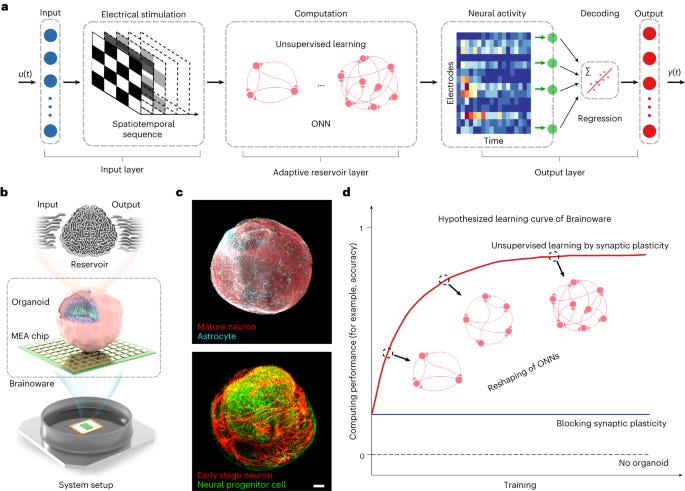We are moving our newsletter to Substack for a better experience!
In Week #206 of the Doctor Penguin newsletter, the following papers caught our attention:
1. Atrial Fibrillation. Early detection of atrial fibrillation (AF) gives intervention opportunities to reduce the risk of stroke. While almost 25% of adults over age 40 have a lifetime risk of developing AF, about 10-20% of affected individuals remain undiagnosed. Could AI detect near-term AF in single-lead ECG signals recorded by an ECG patch?
Gadaleta et al. developed a recurrent neural network-based model to predict the risk of AF occurrence within 2 weeks. The model analyzes single-lead ECG recordings ranging from 10 minutes to 1 day that do not contain AF episodes. It integrates deep learning features automatically extracted from the ECG recordings, along with patient demographics and heart rhythm patterns. The study found that using longer AF-free ECG monitoring windows as inputs improved prediction accuracy, supporting the idea that features linked to AF may not always occur in the signal but can be observed in a longer monitoring window. After training on nearly 460k single-lead ECG patch recordings, the model achieved an AUC of 0.80 using 24 hours of AF-free ECG data.
Read paper | npj Digital Medicine
2. Drug Repurposing. Target trial emulation is the process of mimicking target randomized trials using real-world data.
Zang et al. propose a high-throughput clinical trial emulation pipeline to identify approved drugs that can be repurposed for Alzheimer's disease (AD). Machine learning models are used to estimate propensity scores and balance high-dimensional patient characteristics between treatment groups. Leveraging two large real-world data warehouses covering over 10 years of electronic health records and insurance claims for over 170 million patients, the pipeline generates drug repurposing hypotheses associated with decreased risk of AD over a five-year follow-up period among mild cognitive impairment patients. After screening thousands of drugs, the pipeline identified 5 top-ranked candidates (pantoprazole, gabapentin, atorvastatin, fluticasone, omeprazole) that can potentially be repurposing candidates for AD.
Read Paper | Nature Communications
3. Neuromorphic AI Hardware. Organoids are tiny, self-organized 3D tissue cultures derived from stem cells.
Cai et al. developed "Brainoware", a brain-inspired AI hardware with the advantages of low energy use and fast learning by leveraging human brain organoids. Brainoware supports unsupervised learning by using the organoids as a reservoir - a black box that maps inputs into a higher-dimensional space for feature extraction. Brainoware is constructed by mounting a functional brain organoid onto a high-density multielectrode array. The organoids self-organize and form functional organoid neural networks (ONNs). The ONNs receive inputs via external electrical stimulation and send outputs via evoked neural activity, offering a functional basis for AI computing. As a proof-of-concept, the authors demonstrate the potential of Brainoware for speech recognition and predicting nonlinear equations, using limited training data with low computing costs.
Read Paper | Nature Electronics
4. Epidemiology. Mobile health tools are well established in many low-resource settings and were a key tool for contact tracing and surveillance during the 2014 outbreak of Ebola virus disease in west Africa.
In this Perspective, Page and Topol propose a hypothetical smartphone application called "WhatsEpi" that could leverage existing technologies like machine learning, geospatial mapping, environmental sampling, genomics, and remote monitoring to provide real-time personalized alerts about disease outbreaks to the general public. WhatsEpi would use privacy-preserving Bluetooth proximity tracking for exposure alerts, wastewater sampling to detect pathogens, genomic sequencing for real-time monitoring of variants of concern, and remote patient monitoring to ease the strain on healthcare systems while minimizing potentially infectious trips to healthcare facilities. However, implementing WhatsEpi would confront challenges like rebuilding public trust and the substantial costs of collecting, processing, and maintaining large volumes of multimodal data.
Read Paper | The Lancet
-- Emma Chen, Pranav Rajpurkar & Eric Topol

